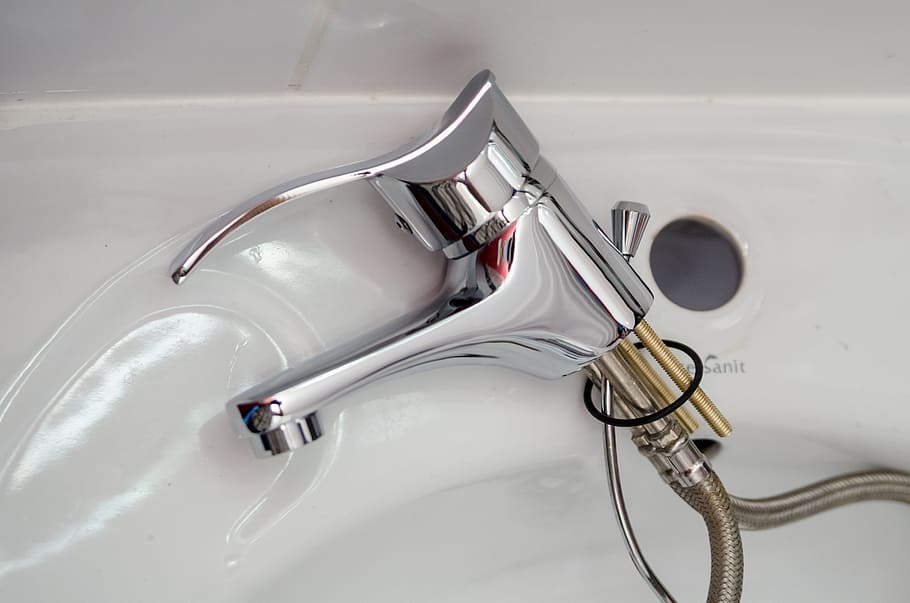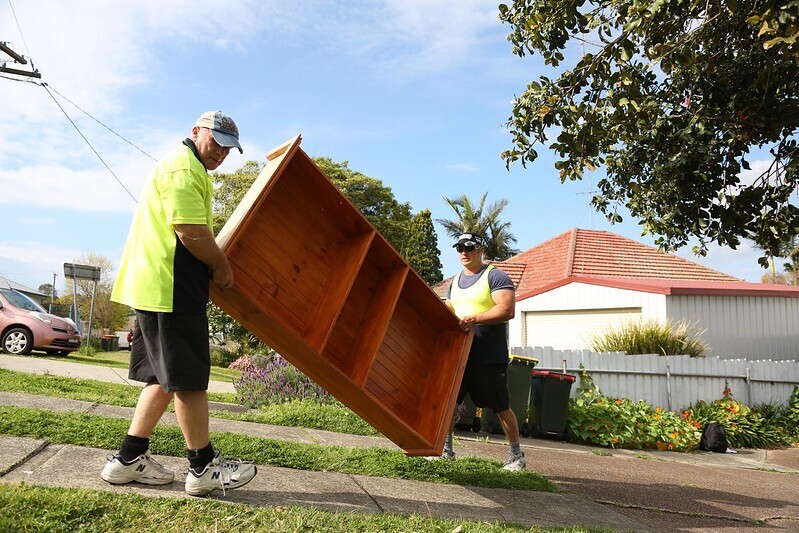
As landlords and property managers, it typically always feels like a huge accomplishment when you’ve found that perfect tenant to rent your property. But now that you’ve thoroughly screened them and are confident that you’ll get a profitable, stress-free rental experience, are you necessarily ready for your new tenants to move in?
Before you hand over those keys and deposit their monthly rent checks, let’s go over the following 7-point checklist on how you can simplify your rental experience while helping tenants with their move. These points are also important when thinking about converting your home into a rental property, which you can learn how to prepare for here.
1. Health and Safety Issues
First and foremost, it is essential to check the property for health and safety issues. Should you find anything that may pose a danger to your new renters or their guests, those problems must be addressed immediately.
These issues could be anything like a smoking electrical outlet, loose handrails, or buckling flooring that’s causing a tripping hazard. No matter the problem, make sure to solve it before anyone moves in.
2. Cleaning
Before handing over a rental unit, it’s important to clean it well. Not only will this give a good first impression and set the tone as to what condition you expect to receive it back in, but it will also help you understand if the unit has a bug or pest problem.
Ideally, have the place cleaned professionally so it’s thoroughly sanitized. Should there be any signs of bugs or pests, call an exterminator and have the unit treated.
This step is critical as you don’t want your new renters complaining about the living conditions right after they’ve moved in. That definitely won’t set a positive tone for the tenancy.
3. Systems and Functions

Now, it’s time to assess the systems and functions of the rental unit. Most notably, the electricity, plumbing, and heating must be evaluated to ensure they work optimally. Since these systems are essential for living, you may be legally liable for their lack of repair.
Also, make sure the water runs smoothly, and check the functions of the sinks and faucets. If any of these things aren’t up to par, then a tenant cannot move into the property.
4. Lease Signing
Next, after having addressed all of the above points, it’s time to review the lease agreement in detail with the new tenant, so you both can sign it. While this step can be done electronically nowadays, it’s always a nice touch to meet with the tenant in person to give them a one-on-one experience.
Additionally, this will also allow you to discuss responsibilities and expectations with them. Plus, doing so will give both sides a good idea of who they are working with and greatly decrease the likelihood of misunderstandings.
5. Move-in Funds
Depending on your state, you may now collect the security deposit and first month’s rent. For instance, in California, the deposit can be no higher than twice the monthly rent. In Arizona, however, a deposit can only be one-and-a-half times the monthly rent.
If you’re not familiar with your state’s rental laws concerning security deposits, then it is of utmost importance to familiarise yourself before signing any contracts. You can avoid a lot of tension and disputes by learning the rules.

6. Inspections
If required by local law, the next thing to do is to have the unit inspected to ensure it is up to code. To do so, you may need to schedule a third-party inspector, depending on the regulations of your area.
Any violations will require immediate correction and another inspection appointment must be made as soon as possible.
7. Contact and Communication
Lastly, and one of the most important things, is to provide your contact information to the tenant. If you’re a landlord without a property manager, this is especially critical should something urgent occur.
However, if your property does indeed use a manager, they will be the point of contact for renters from now on. Provide all methods of contacting you, be it phone number, text, or email address.
There must be a way to contact you in an emergency, so don’t assume you can do everything by email. For non-urgent matters, you can set limits for when they contact. For example, you can request that they only call you between 9 a.m. and 7 p.m. unless there is a situation that needs immediate action.
The following article was provided by Florida Moving Systems, a professional moving company serving Melbourne, FL and the surrounding areas.






